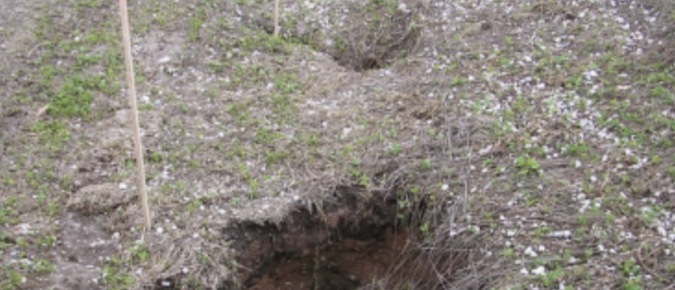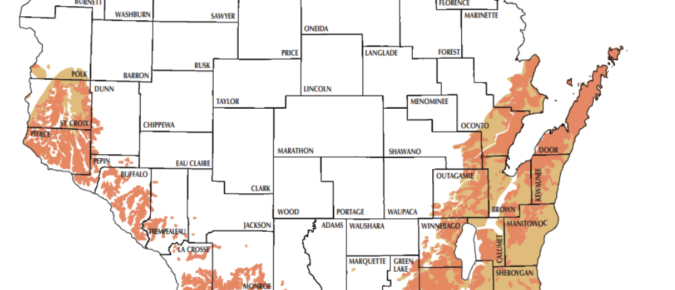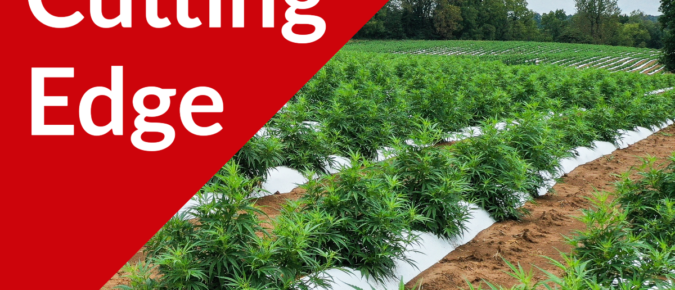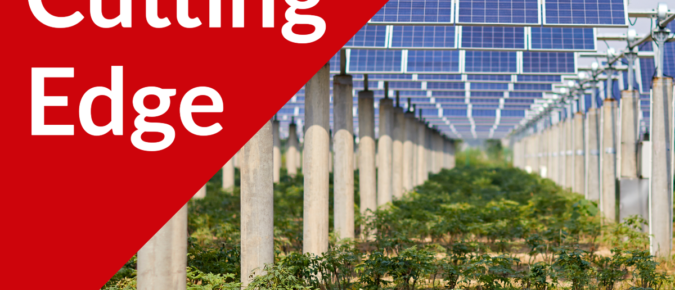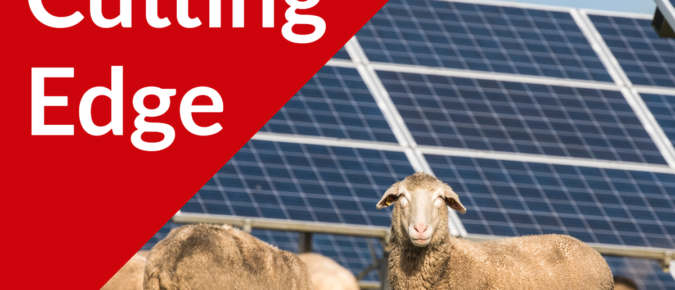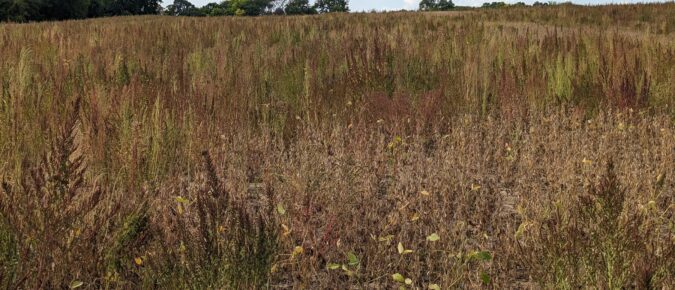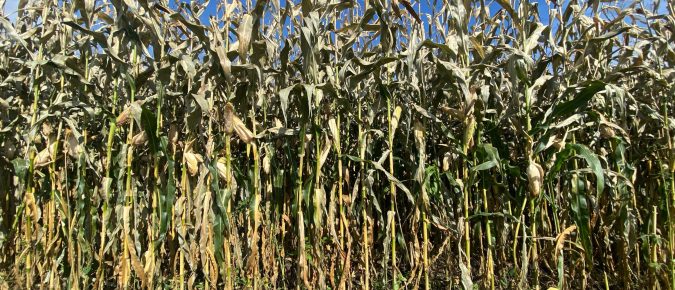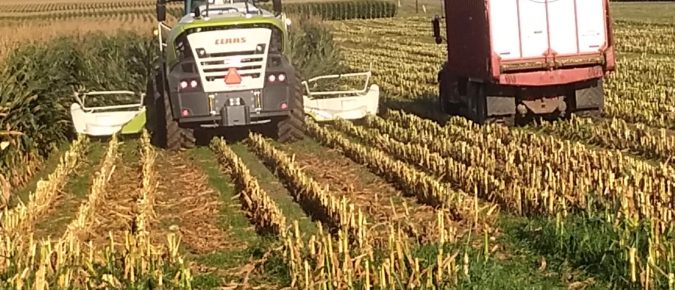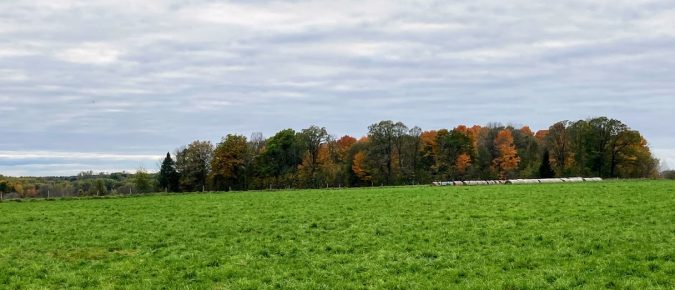Karst topography and Silurian bedrock are areas that are more susceptible to water contamination due to shallow soils and increased number direct conduits to groundwater, such as sinkholes. When farming in these areas, and especially spreading manure, it is important to follow all rules and regulations.
Both karst and Silurian are terms related to geological features and formations that have had a significant impact on Wisconsin’s surface and subsurface geology and hydrology. Both Karst and Silurian bedrock are connected to sedimentary processes.
Recorded at the UW Arlington Agricultural Research Station during the 2023 Hemp Field Day, this episode features Assistant Professor Shelby Ellison and her students/staff as they share preliminary results from SARE and USDA SAC-NIFA grant projects. Each speaker shares their work in about 5 minutes and then takes a few questions. In the order you […]
In this third and final episode on agrivoltaics, we dive into the agronomic research studying different types of cropping and grazing systems that may be compatible with solar arrays. We talk to Sarah Moser of Savion, a solar development company, and Eric Romich of Ohio State University about their collaboration “Between the Rows.” Then we […]
In Part II of our series on agrivoltaics, we discuss the UW-Madison Kegonsa Research Campus solar project. This project is a collaboration between UW-Madison and Alliant Energy to develop a small-scale solar and agrivoltaics project for research and education purposes on the university-owned Kegonsa Research Campus in Stoughton, WI, just south of the main campus. […]
Kicking off our series on agrivoltaics – the use of land for both agriculture and solar photovoltaic energy generation – is an interview with James McCall, Energy and Environment Analyst at the National Renewable Energy Laboratory (NREL). James gives an overview of the InSPIRE project, which explores the environmental compatibility and mutual benefits of solar […]
There are a lot of weedy soybean fields across Wisconsin this year and the dry conditions are the major culprit. A lack of precipitation reduced the effectiveness of many residual herbicides and drought-affected soybeans were slower to close the canopy. To make matters worse, the dry conditions seem to be accelerating soybean dry down while weeds remain green.
Managing forage inventory is a pivotal task on any grazing operation. A forage inventory involves monitoring how much forage is available at various points of the season, as well as projecting forage availability throughout the season to ensure the farm is on track to meet its production goals.
The August 23rd Badger Crop Connect session features discussions by two speakers. The first is Dr. Joe Lauer, Corn Agronomist, UW-Madison Professor and Extension Specialist. Joe Lauer shares timing, drydown, other corn silage related advice, and research results. The second speaker is Dr. Brian Luck, Biological Systems Engineer, UW-Madison Associate Professor, and Extension Specialist. Brian Luck shares information on silage harvest machinery setup, real time evaluation of kernel processing, and other potential technology to implement on a chopper.
Beef cow-calf producers are feeling the pinch of low pasture and hay yields due to drought conditions across the state. Corn silage is another feed source that can be used to help meet the herd’s nutritional needs.
When the calendar turns to August, it’s usually time to think about setting pastures up for stockpile grazing. Stockpile grazing is the practice of letting pastures grow through fall (usually 60 days or more) until frost, and then grazing them as far into winter as conditions allow. Stockpile grazing is often set into motion in early August harvest.

